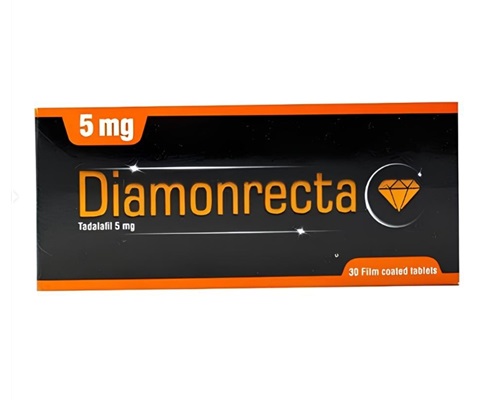Description
Trade name:
Cardura
Compound:
Each tablet contains:
Doxazosin mesylate 1.213 mg,
which corresponds to the content of Doxazosin 1 mg
Auxiliary components:
Sodium carboxymethyl starch, lactose monohydrate, microcrystalline cellulose, magnesium stearate, sodium lauryl sulfate.
Properties:
Prescribing doxazosin to patients with symptoms of benign prostatic hyperplasia (BPH) leads to a significant improvement in urodynamics and a reduction in the manifestations of disease symptoms. This effect of the drug is associated with the selective blockade of α1-adrenoreceptors located in the stroma and capsule of the prostate gland and the neck of the bladder.
Doxazosin has been shown to be a blocker of α1-adrenergic receptors of the 1A subtype, which constitute approximately 70% of all α1-adrenergic receptor subtypes found in the prostate gland. This explains its action in patients with BPH.
The maintenance effect of treatment with doxazosin and its safety have been proven with long-term use of the drug (e.g. up to 48 months).
The use of doxazosin in patients with arterial hypertension leads to a significant decrease in blood pressure as a result of a decrease in total peripheral vascular resistance. The appearance of this effect is associated with the selective blockade of α1-adrenoreceptors located in the vascular network.
Indications:
-benign prostatic hyperplasia;
– for the treatment of urinary retention and other symptoms associated with BPH;
– arterial hypertension (as part of combination therapy).
Method of administration and dosage:
The drug is taken orally, in the morning or in the evening.
Benign prostatic hyperplasia
The recommended starting dose of Cardura is 1 mg once daily to minimize the potential for postural hypotension and/or syncope.
The dose can be increased to 2 mg, then to 4 mg and up to the maximum recommended dose of 8 mg. The recommended interval for dose increase is 1-2 weeks. The usual recommended dose is 2-4 mg once a day.
Arterial hypertension
The dose ranges from 1 to 16 mg/day. Treatment is recommended to be initiated with 1 mg once daily for 1 or 2 weeks in order to minimize the possibility of developing postural hypotension and/or syncope.
Contraindications:
– severe liver failure (due to lack of experience of use in this category of patients);
– urinary tract infections;
-anuria;
– progressive renal failure;
– hypotension and tendency to orthostatic disorders (including history);
– concomitant obstruction of the upper urinary tract;
-stones in the bladder;
– age up to 18 years;
– lactase deficiency, lactose intolerance, glucose-galactose malabsorption;
– hypersensitivity to quinazolines, doxazosin or to the auxiliary components of the drug.
Precautions:
Before starting any alpha-blocker, the patient should be advised how to avoid symptoms of postural hypotension, in particular, rapid changes in body position should be avoided. At the beginning of treatment with Cardura, the patient should be advised to exercise caution in case of weakness or dizziness.
Cardura should be used with caution in elderly patients due to the possibility of orthostatic hypotension. The risk of dizziness, visual impairment and syncope increases with age.
The patient should be advised of the increased risk of developing orthostatic hypotension with alcohol consumption, prolonged standing or exercise, and hot weather.
Side effects:
From the organ of vision: often – color perception disorder; uncommon – atonic iris syndrome.
From the digestive system: often – abdominal pain, diarrhea, dyspepsia, dry oral mucosa; uncommon – flatulence, constipation, vomiting.
From the nervous system: often – paresthesia; uncommon – hypoesthesia, tremor.
From the psyche: often – agitation, anxiety, insomnia; uncommon – depression.
From the respiratory system: often – shortness of breath, rhinitis; uncommon – cough, nosebleed; very rare – exacerbation of existing bronchospasm.
From the skin: uncommon – alopecia, skin itching, skin rash, purpura; very rare – urticaria.
Storage method:
Store at temperatures not exceeding 30 degrees.









